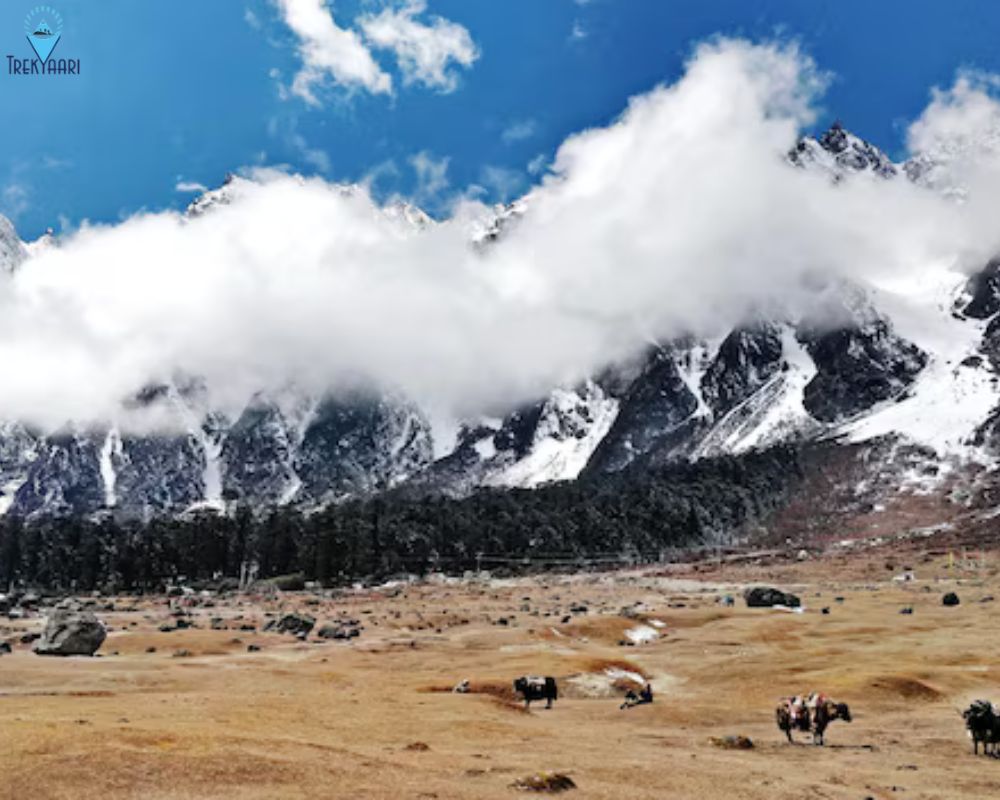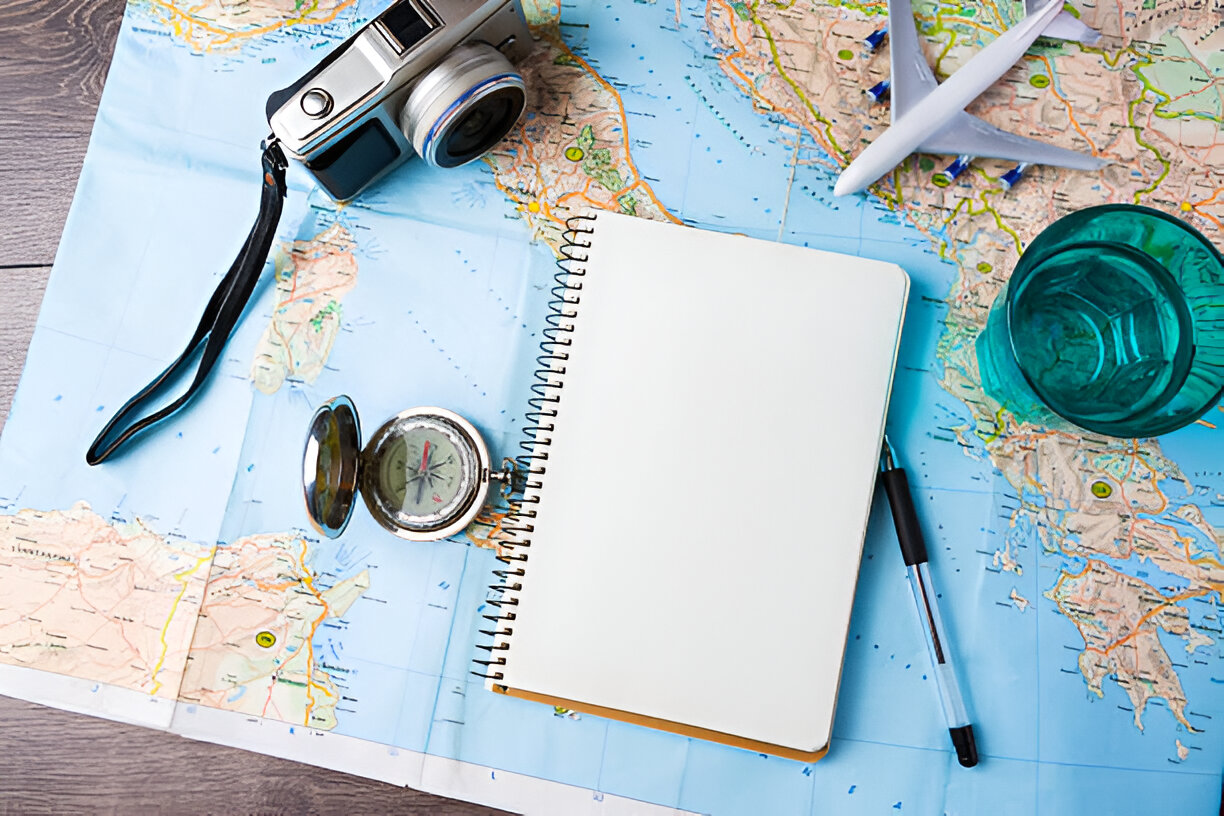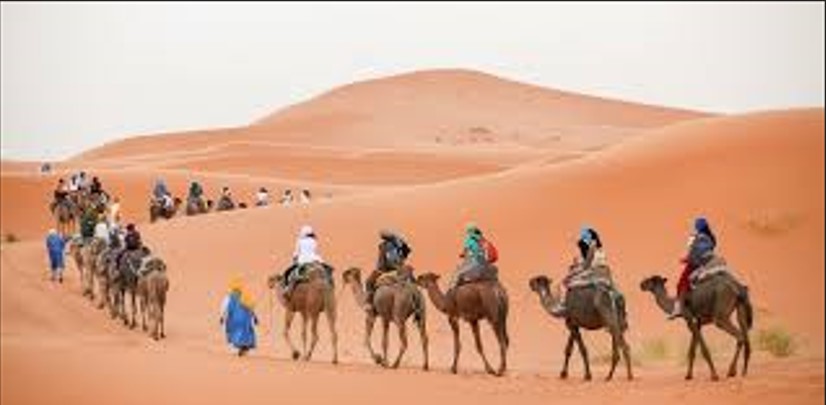Overview of the Best Time for the Chadar Trek
The best time to embark on the Chadar Trek is between mid-January and late February. This period offers optimal conditions with stable ice formations, clear skies, and manageable temperatures. However, it’s essential to understand how seasonal conditions vary throughout these months and how each period of the trekking season affects safety, accessibility, and overall experience.
Understanding the Seasonal Conditions
Ladakh’s harsh winter climate plays a significant role in determining the feasibility of the Chadar Trek. While the region is accessible by road in summer, deep winter snow often blocks mountain passes, and the frozen Zanskar River becomes the only pathway for remote villages. As temperatures fall, the river gradually freezes over, creating a stable “chadar” ideal for trekking.
Why Winter is the Optimal Season for the Chadar Trek
Winter, particularly January to February, provides the right conditions for a frozen, stable surface on the Zanskar River. The stability of the ice sheet and the crisp winter air enhance both the safety and the beauty of the trek. During this time, you can witness the stark beauty of frozen waterfalls, crystalline ice formations, and snow-clad peaks.
Monthly Breakdown of Chadar Trek Conditions
January – The Beginning of Trekking Season
In January, the trek begins as temperatures drop low enough to freeze the Zanskar River. Early January may have less consistent ice formation, so trekking is safer towards the middle of the month when the ice is fully solidified. Temperatures range from -15°C to -25°C during the day and can drop even lower at night.
February – Peak Season for Safe Travel and Stunning Views
February is the best month for the Chadar Trek, as the ice is most stable, the weather is clear, and the views are stunning. Temperatures range from -10°C to -30°C, providing the most dramatic winter landscapes. Trekkers in February experience frozen waterfalls, snowy cliffs, and bright sunshine that illuminate the pristine white scenery.
March – End of the Trekking Season
By early March, warmer temperatures start melting the ice, making the trek increasingly risky. The river becomes unstable, and trekking is discouraged due to safety concerns. However, those who do venture out experience a transition as winter loosens its grip and the landscape changes in preparation for spring.
Benefits of Choosing the Right Time for the Chadar Trek
Safety Considerations During Different Months
Choosing the right month greatly impacts your safety on the trek. In January and February, stable ice sheets minimize the risk of breaking through, while March poses dangers as ice begins to melt. February, in particular, offers ideal conditions for a safe experience due to consistently low temperatures and thick ice formations.
Maximizing Scenic Beauty at the Right Time
Winter’s peak beauty is most prominent in February, with crystal-clear skies, sunlit ice formations, and frozen waterfalls that shimmer under the sunlight. Trekking during this period ensures the best views and provides the ultimate experience of Ladakh’s winter landscape.
Challenges and Risks of Trekking in Non-Ideal Months
Weather-Related Risks and How to Avoid Them
March brings warmer temperatures that can melt the ice and make it unsafe for trekking. Ice slabs may thin out, creating hazards. Trekking outside the peak season also increases the chances of severe snowstorms and avalanches, making it crucial to avoid the trek during risky periods.
Navigational and Health Challenges
With extremely low temperatures and minimal oxygen levels, altitude sickness and frostbite are common risks on the Chadar Trek. Being prepared with proper gear, fitness, and acclimatization strategies is essential to ensure a safe journey across the icy terrain.
Essential Preparation for the Chadar Trek During Winter
Gear and Equipment for Winter Conditions
Packing the right gear is essential for comfort and safety. Key items include:
- Insulated Layers: Heavy thermal clothing, down jackets, and moisture-wicking base layers.
- Footwear: Waterproof trekking boots with a good grip for ice, along with crampons.
- Accessories: Woolen hats, scarves, gloves, and thick socks for warmth.
- Sleeping Gear: High-quality sleeping bags rated for -30°C temperatures.
Physical Fitness and Acclimatization
Physical preparation is vital for tackling the harsh conditions of the Chadar Trek. Engaging in cardiovascular and endurance exercises for at least two months before the trek can improve stamina. Acclimatization is also essential, as Ladakh’s altitude requires gradual adjustment to avoid altitude sickness.
Packing Tips for Cold Weather Survival
Packing light yet effective is the key to comfort. Besides clothing and gear, bring essentials like energy snacks, a water bottle with an insulating cover, and sunscreen to combat sun exposure on the snow.
Expert Tips for a Safe and Memorable Chadar Trek
Working with Local Guides and Trekking Teams
Hiring local guides or joining a trekking group ensures added safety and cultural insight. Guides are well-acquainted with the terrain, weather patterns, and safe routes, and they can help with logistics, such as arranging permits and accommodations.
Handling Emergencies in Harsh Conditions
Ensure you’re well-prepared to handle emergencies. Knowing basic first-aid, carrying an emergency kit, and informing someone of your itinerary can be lifesaving. Additionally, staying updated on weather conditions and adhering to guide instructions helps ensure a safe journey.
Description
Embark on an unforgettable journey with the Chadar Trek, where a frozen Zanskar River offers one of the world’s most unique trekking experiences. Discover the best time for breathtaking views and safe travel through this winter wonderland, with tips on seasonal conditions, essential preparations, and expert insights for a safe and awe-inspiring adventure. Dive into our guide to plan the perfect trek, ensuring you capture the best of Ladakh’s icy beauty while staying safe on this thrilling, once-in-a-lifetime journey.




